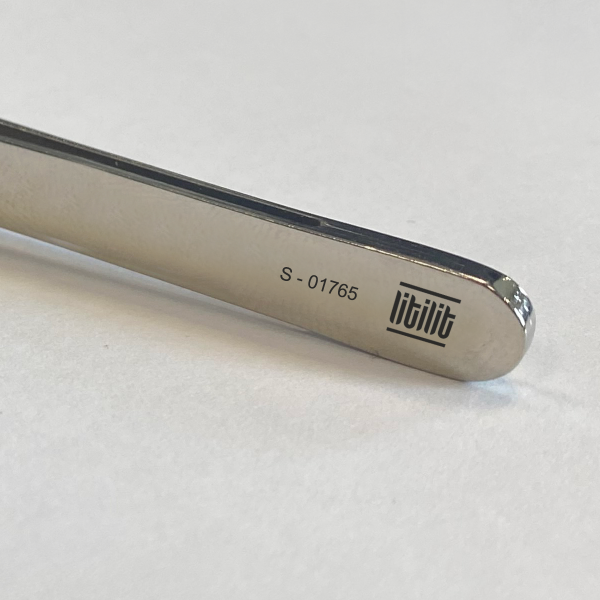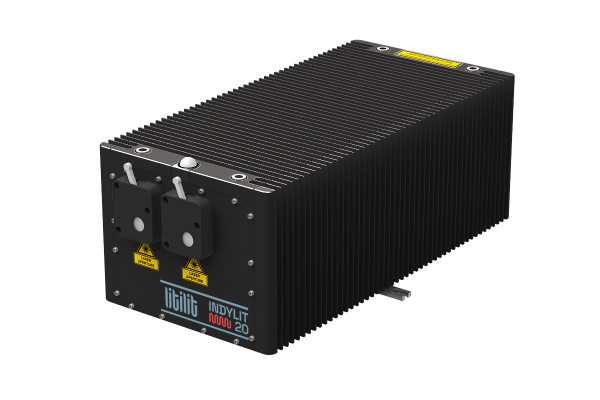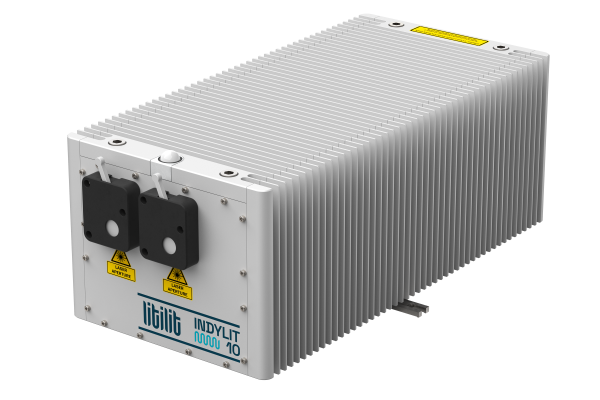Medical Devices Manufacturing 
All medical instruments have to be labeled according to the Unique Device Identification System (UDI). The most practical technology for this application is laser marking. The laser beam makes a permanent modification to the surface of the object, which – as opposed to printed labels cannot be removed by solvents. Therefore the micron scale resolution enabled by the laser beam allows for the marking of even the smallest medical devices. Stainless steel, which most medical instruments are made of, is typically resistant to chemical reagents used for sterilisation before use. However, after marking the surface by CW or long pulse lasers, stainless steel is locally overheated and tends to have its properties altered. This results in corrosion in the modified areas, especially after washing devices in aggressive chemical reagents.
The marking of surfaces using femtosecond lasers features a minimal Heat Affected Zone (HAZ).
The top layer of the surface is almost instantly evaporated and the layers below remain practically unaffected. This process is also called “cold ablation”. By selecting the appropriate pulse energy, scanning speed, number of pulses in burst, or changing pulse duration, it is possible to achieve high contrast black or white marking on the stainless steel.
This method is ideal for medical application marking, since the stainless steel doesn’t lose its properties and these marks can withstand various working conditions.

Engraving, akin to marking, adds depth to the device surfaces for features like measurement scales or identifiers. It requires careful control to avoid damaging the material’s integrity, often utilizing laser technology to achieve the necessary precision without adding stress to the material.
Cutting is another critical precision process in medical device manufacturing, where high-precision cutting tools and lasers are employed to meticulously shape devices to exact specifications. This precision ensures that the integrity and performance of materials—such as stainless steel, titanium, and various plastics, which are common in the industry—are maintained. Additionally, advanced cutting techniques like waterjet, ultrasonic, and micro-cutting are leveraged to enhance the dimensional accuracy and surface finish of the devices, while minimizing material waste and maintaining the sterility required for medical applications. The use of computer-aided manufacturing (CAM) systems further augments this process by allowing for the programming of complex geometries and the production of components with tight tolerances, which is essential for the intricate designs often found in medical implants and surgical instruments.
The INDYLIT 10 is an ideal choice for the marking of medical devices. It offers a wide range of adjustable parameters, including pulse repetition rates from a single pulse up to 1 MHz, pulse energies up to 100 µJ, a burst mode feature, and pulse durations spanning from 450 femtoseconds to 3 picoseconds. This flexibility allows for the optimal regime to be selected for the desired outcome. The laser is air-cooled and boasts a compact design, facilitating straightforward integration into laser marking systems. It also delivers excellent beam quality (M² and circularity), enabling the creation of the smallest marks with outstanding resolution.
Building on this foundation, the INDYLIT 20 is engineered for broader material processing applications. It provides central wavelengths of 1030 nm or 515 nm with the second harmonic (SH) module, and its pulse durations range from 400 femtoseconds to 2 picoseconds. The INDYLIT 20 can deliver power levels up to 20 W, with an adjustable repetition rate between 100 kHz and 1 MHz, which can be reduced to 30 kHz in burst mode for specific applications.

